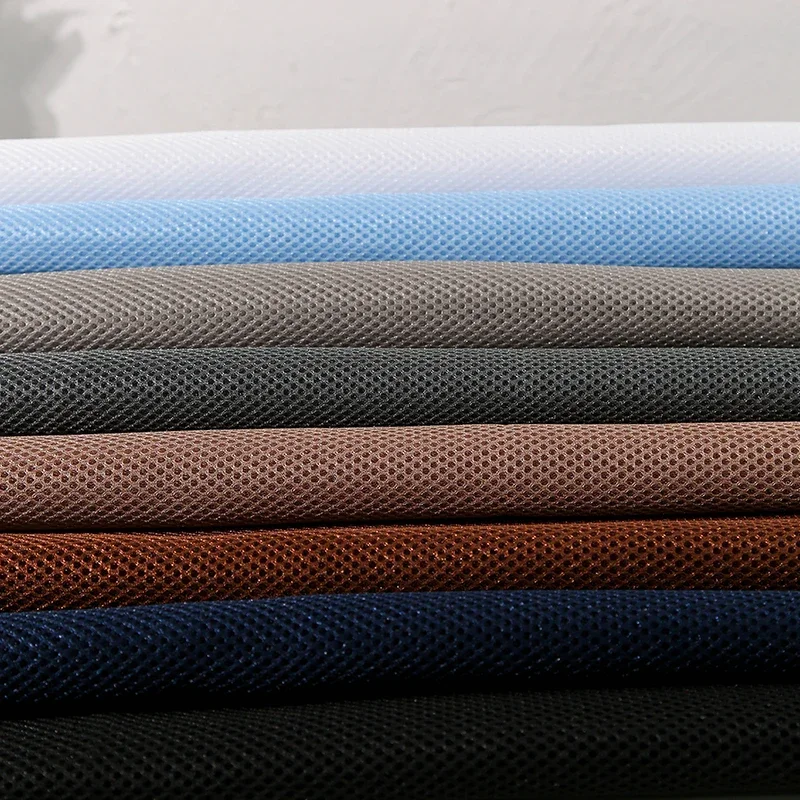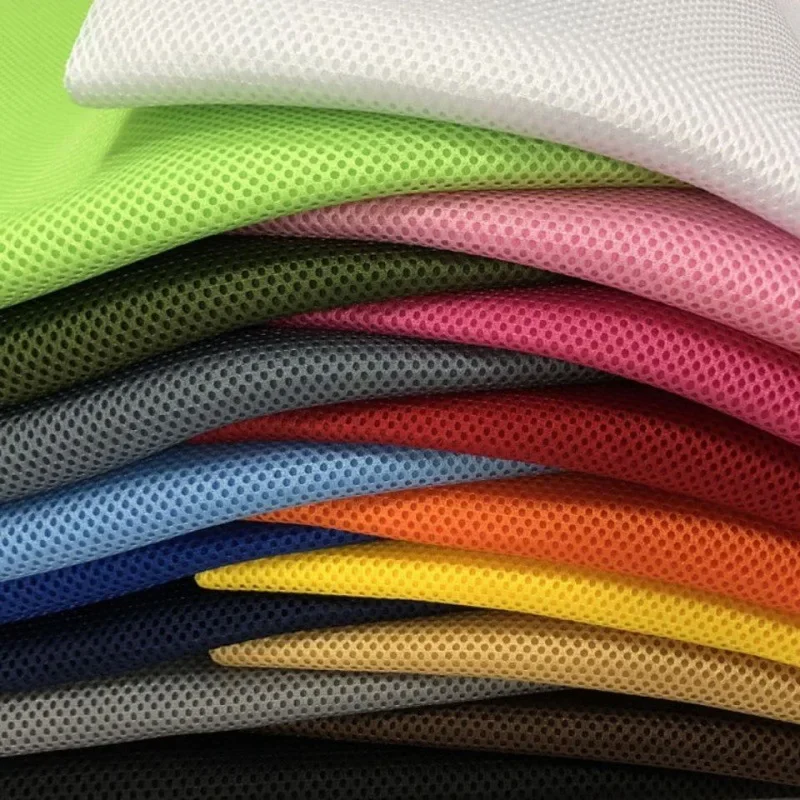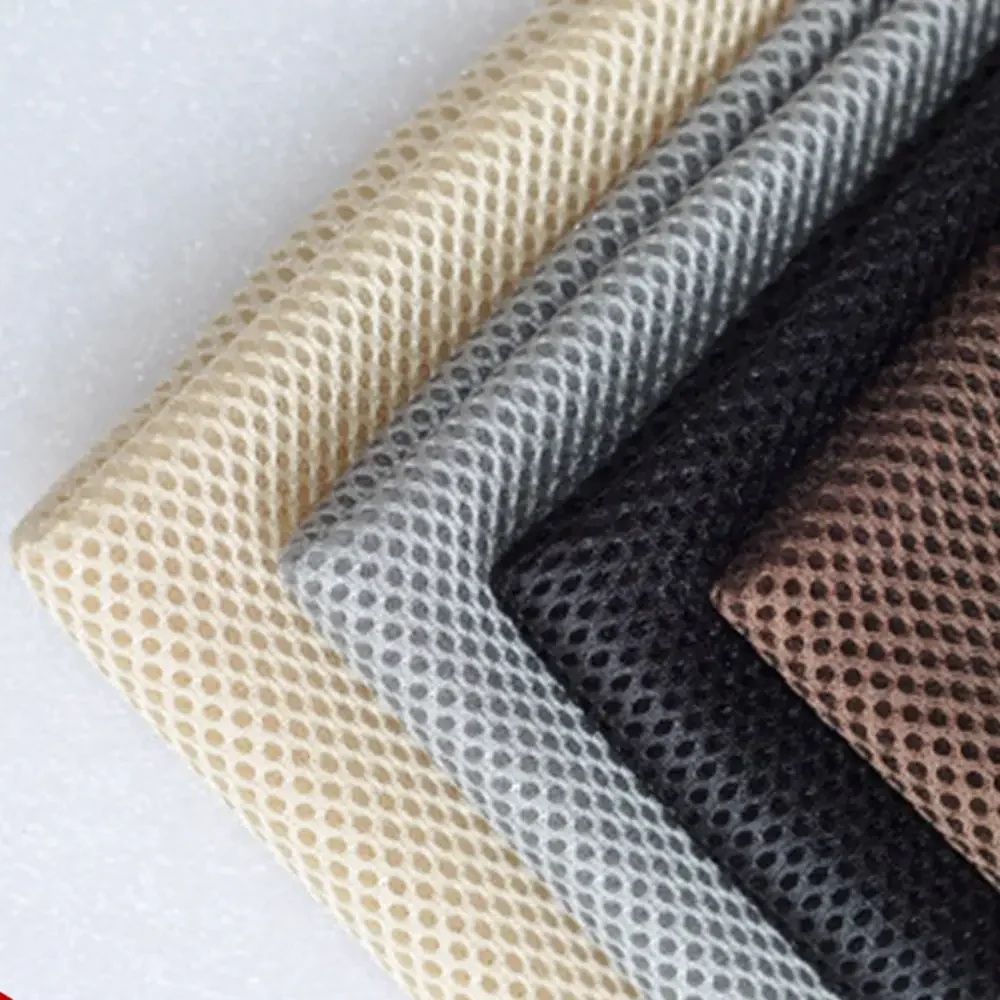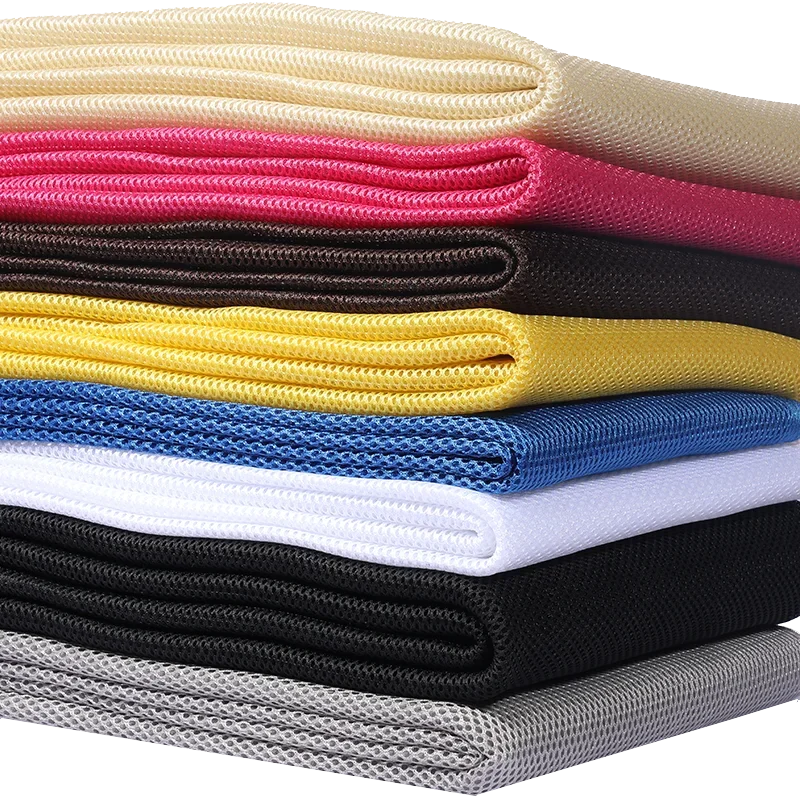Mesh fabric, an incredibly versatile material, has permeated various sectors and industries due to its distinctive properties. From athletic wear to medical applications, mesh is synonymous with functionality and style. But what exactly is mesh fabric, and why has it become so ubiquitous? This comprehensive guide explores the definition, properties, uses, and care tips for mesh fabric to provide a thorough understanding of this multifaceted material.
Understanding Mesh Fabric: Definition and Composition
Mesh fabric is defined by its characteristic open-weave structure, featuring an array of uniformly spaced holes that create a net-like appearance. The primary appeal of mesh fabric lies in its breathability, lightweight nature, and flexibility. Mesh can be crafted from various materials, including synthetic fibers like polyester and nylon, as well as natural fibers like cotton and silk. The specific type of fiber used significantly impacts the fabric’s overall properties and suitability for different applications.
Typically, mesh fabric is produced using a variety of weaving techniques to create the desired pattern and level of openness. The most common methods include warp knitting, tricot knitting, and weft knitting. Each technique influences the fabric’s elasticity, strength, and stretchability. Additionally, the size and density of the openings can be adjusted, allowing for customizations that cater to specific needs. This adaptability makes mesh fabric a preferred choice in diverse fields such as sportswear, industrial materials, and medical equipment.

Properties of Mesh Fabric
The properties of mesh fabric make it an attractive option for countless applications. One of the standout characteristics of mesh is its breathability. The open-weave design allows for air and moisture to pass through easily, making it ideal for garments and accessories intended for warm-weather use. This breathability also aids in moisture-wicking, keeping the wearer dry and comfortable even during strenuous activities.
Another crucial property of mesh fabric is its lightweight nature. The material’s low density makes it easy to wear and transport, contributing to its popularity in athletic wear and outdoor gear. Despite its lightness, mesh fabric often boasts impressive durability and strength, particularly when synthetic fibers like polyester or nylon are used. These fibers are resistant to abrasion, stretching, and shrinking, ensuring that mesh fabric retains its integrity even under heavy use.
Furthermore, mesh fabric offers a high degree of flexibility and stretchability, enhancing comfort and mobility. This property is particularly advantageous in applications where flexibility is paramount, such as athletic apparel and medical textiles. Additionally, the material’s permeability to air and fluids also makes it suitable for filtering applications in industries ranging from food processing to automotive manufacturing.
Common Uses of Mesh Fabric
Given its versatile properties, mesh fabric finds application in multiple sectors. One of the most prevalent uses is in sportswear and activewear. Athletes and fitness enthusiasts frequently opt for mesh clothing due to its superior breathability and moisture-wicking capabilities. Items like jerseys, shorts, and running shoes often incorporate mesh panels to enhance ventilation and comfort during physical activity. Similarly, mesh is also a common feature in athletic accessories like caps, backpacks, and gloves.
In the fashion industry, mesh fabric is valued for its aesthetic appeal and functionality. Designers often incorporate mesh into garments to add texture, transparency, or layering effects. Mesh is particularly popular in lingerie, evening wear, and fashion-forward streetwear. Its ability to provide a semi-see-through effect while maintaining structure adds a unique dimension to clothing designs.
Industrial and technical applications of mesh fabric are equally diverse. In the automotive and aerospace industries, mesh is used for filtration and reinforcement purposes. Its strength, flexibility, and ability to withstand harsh conditions make it ideal for these demanding environments. Furthermore, mesh fabric is employed in various medical applications, including surgical mesh, wound dressings, and support bandages. The material’s breathability and biocompatibility contribute to its effectiveness in promoting healing and providing support.
Different Types of Mesh Fabric
Mesh fabrics is not monolithic; it encompasses various types, each with distinct attributes tailored for specific applications. One well-known type is power mesh, often used in foundation garments and control wear due to its high elasticity and durability. Power mesh combines strength with a gentle stretch, making it ideal for shaping and support purposes in lingerie and athletic wear.
Another key variant is spacer mesh, which features a three-dimensional construction that provides cushioning and ventilation. This type of mesh fabrics is commonly found in applications requiring extra padding and airflow, such as car seats, office chairs, and backpacks. Spacer mesh’s unique structure allows it to maintain its shape while providing comfort and breathability.
Tulle is another familiar form of mesh fabric, widely used in fashion and décor. Known for its delicate and lightweight texture, tulle is a favorite for wedding veils, tutus, and decorative accents. While it may not offer the same strength as other mesh types, its aesthetic appeal and fine weave make it suitable for applications where a soft, airy look is desired.

Factors to Consider When Choosing Mesh Fabric
When selecting mesh fabric for a particular application, several factors should be considered to ensure optimal performance and satisfaction. The first factor is the fiber content. Synthetic fibers like polyester and nylon offer superior durability, moisture resistance, and elasticity compared to natural fibers. However, natural fibers like cotton provide a softer feel and better breathability, making them suitable for certain applications such as casual wear or bedding.
The weave or knit pattern of the mesh fabrics is another critical consideration. The size and density of the openings impact the fabric’s ventilation, flexibility, and strength. For instance, a tighter weave with smaller holes will provide more durability and support, whereas a looser weave with larger openings will enhance breathability and stretchability. The intended use of the fabric will dictate which weave pattern is most appropriate.
Additionally, it’s important to consider the weight and thickness of the mesh fabric. These attributes determine the fabric’s suitability for different climates and activities. Lightweight mesh with fine denier fibers is ideal for activewear and summer clothing, while thicker, more robust mesh fabrics may be better suited for industrial and technical applications.
Care Tips for Maintaining Mesh Fabric
Proper care and maintenance are essential to prolong the lifespan of mesh fabrics and ensure it continues to perform effectively. The first step in caring for mesh fabric is to follow the manufacturer’s care label instructions, which provide specific guidance based on the fabric’s composition and construction. However, general care tips can apply to most types of mesh fabrics.
When washing mesh fabric, it’s advisable to use a gentle cycle with cold water to prevent damage and preserve the fabric’s integrity. Placing the item in a mesh laundry bag can further protect it from snags and tears during the wash cycle. Using a mild detergent specifically formulated for delicate fabrics can help maintain the material’s softness and prevent harsh chemicals from causing deterioration.
Avoid using bleach or fabric softeners, as these can weaken the fibers and compromise the fabric’s properties. For drying, air drying is the preferred method to maintain the shape and elasticity of mesh fabrics. If machine drying is necessary, use a low-heat setting to prevent shrinkage and potential damage. Additionally, minimizing direct exposure to high heat and sunlight can prevent fading and degradation over time.

Conclusion
In conclusion, mesh fabrics is a remarkable material with a wide range of properties, uses, and care considerations. Its breathability, lightweight nature, and flexibility make it a popular choice in various industries, including sportswear, fashion, industrial applications, and medical textiles. Understanding the different types of mesh fabric, their properties, and the factors to consider when selecting them ensures optimal performance for specific needs.
By adopting proper care and maintenance practices, consumers can extend the life of mesh fabrics products and contribute to sustainability. Innovations in smart textiles, sustainable materials, and nanotechnology continue to push the boundaries of what mesh fabrics can achieve, promising exciting advancements in the future. Whether you’re looking for a breathable jersey, durable outdoor gear, or innovative medical textiles, mesh fabric offers a versatile solution that combines comfort, functionality, and style.









